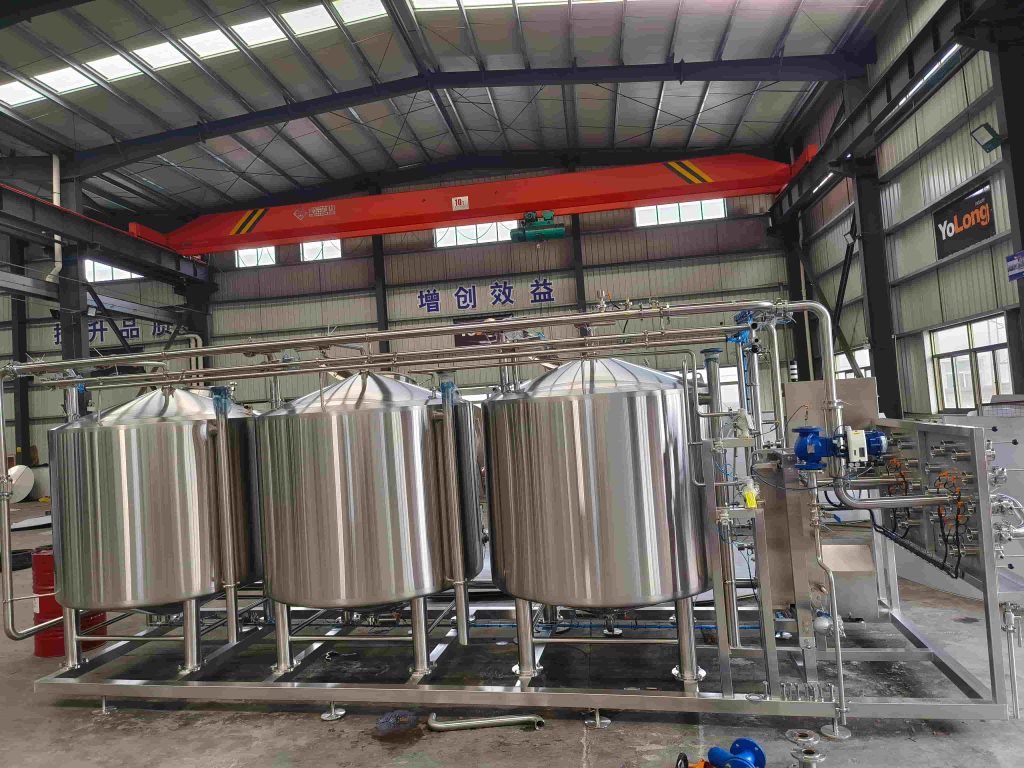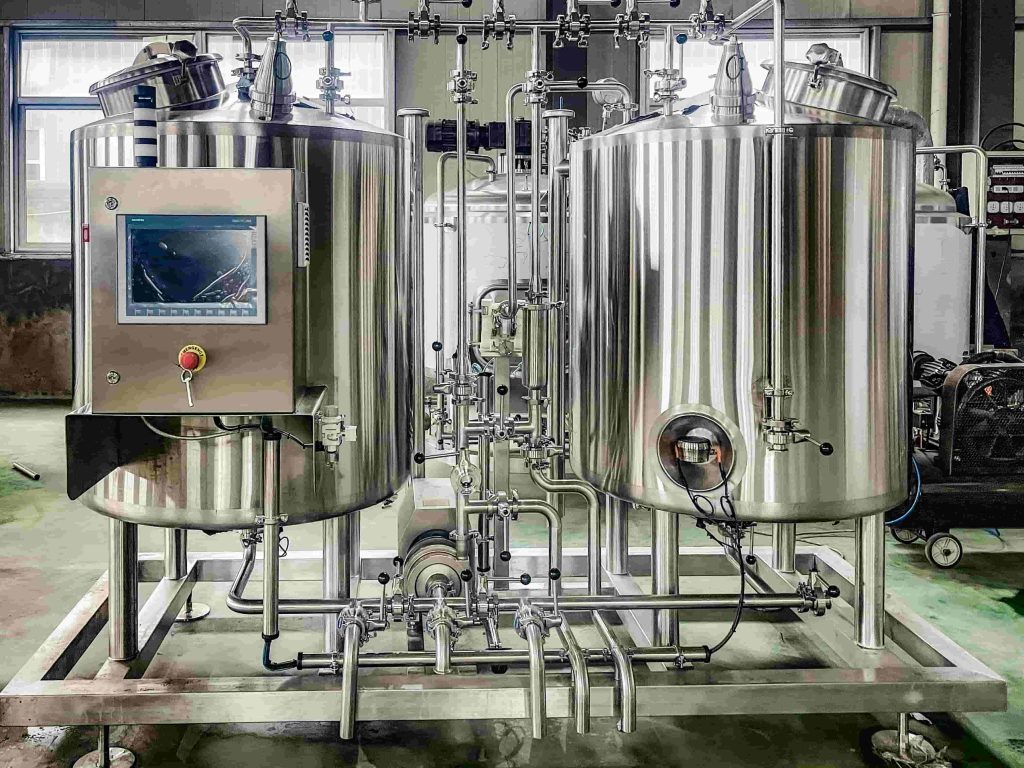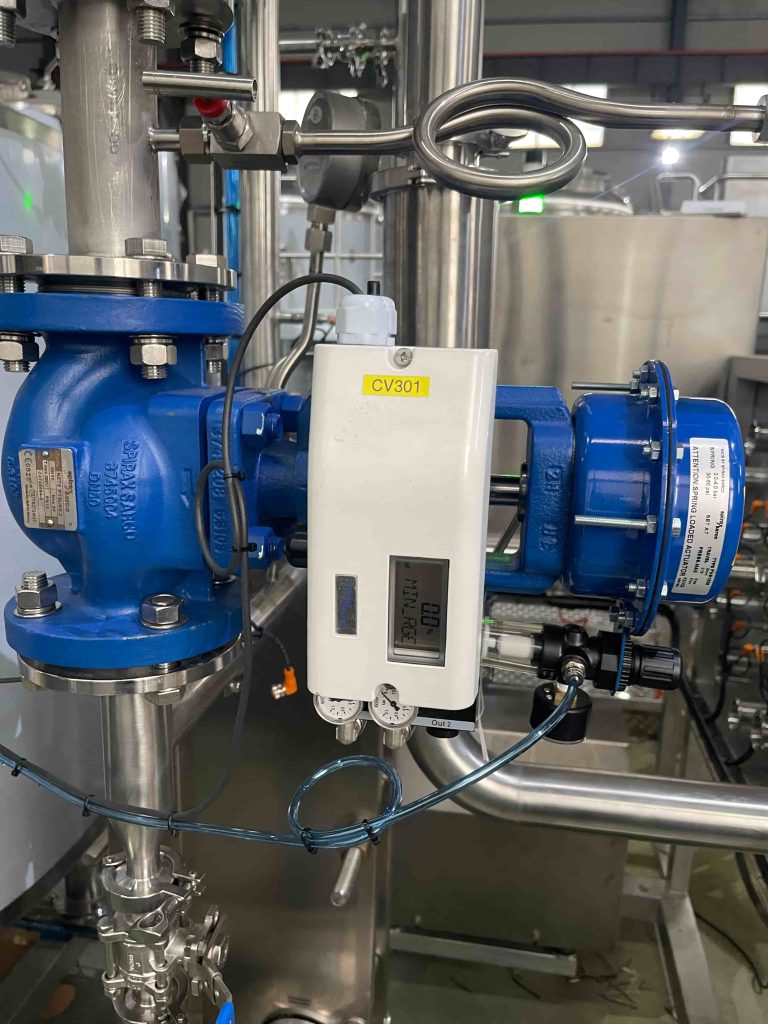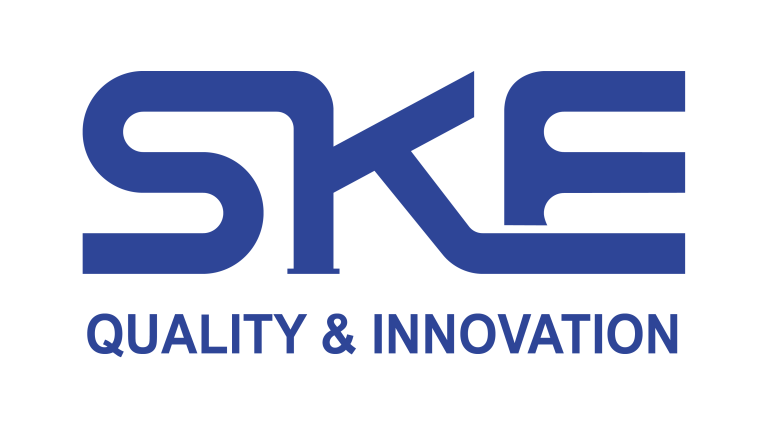
Automated CIP systems are transforming how processors maintain hygiene, and you’ll want a front‑row seat at Drinktec 2025 in Munich to see it in action. Imagine walking past bustling booths, spotting SKE’s latest skid where automated CIP circuits purge lines with surgical precision—no manual scrubbing, no guesswork. Intrigued? Here’s what you’ll discover:
Table of Contents
1. Why automated CIP Matters Today
Food, beverage, and pharmaceutical plants face relentless demands for cleanliness and uptime. Traditional manual cleaning takes hours and introduces variability—enter automated CIP, which standardizes every rinse, caustic, and acid cycle. By logging parameters in real time, processors can prove compliance and reclaim valuable production hours.

2. Core Benefits of automated CIP
Implementing automated CIP delivers measurable gains:
| Benefit | Impact |
|---|---|
| Reduced Downtime | Up to 50 % faster changeovers |
| Consistent Cleanliness | Eliminates human variability |
| Lower Chemical Usage | Optimized dosing saves up to 30 % |
| Enhanced Safety | No manual entry into confined spaces |
| Audit‑Ready Documentation | Automatic report generation |
This table underlines why automated CIP isn’t just a nice‑to‑have—it’s a strategic advantage.
3. Key Components & Process Flow
An effective automated CIP skid typically includes:
CIP Pump & Skid: Circulates cleaning fluids at controlled flow and temperature.
Heat Exchanger: Recovers heat from rinse water, boosting energy efficiency.
Chemical Dosing Unit: Adjusts caustic and acid concentrations dynamically.
PLC/HMI Interface: Lets operators schedule, monitor, and log each automated CIP cycle.
Valves & Sensors: Precisely control flow paths, temperatures, and concentrations.
SKE’s industrial‑grade skid integrates 316L stainless piping and hygienic fittings, ensuring every automated CIP cycle meets the strictest standards.

4. SKE at Drinktec 2025 in Munich
At Drinktec 2025 in Munich, SKE will demo its digital‑twin for automated CIP, allowing you to simulate cleaning efficacy before installation. See live trials where residue vanishes in under 20 minutes and experience how SKE’s energy‑recovery loops slashed heat‑loss by 20 %. Don’t miss this chance to talk with experts about tailoring automated CIP solutions to your plant’s unique needs.
5. Best Practices & Troubleshooting
To get the most from automated CIP:
Validate Cleaning Parameters: Regular swab tests ensure residue removal.
Inspect Pumps & Valves: Quarterly maintenance prevents flow interruptions.
Calibrate Sensors: Keep temperature and conductivity readings accurate.
Review Logs: Analyze SKE’s digital records to optimize future automated CIP cycles.
Common hiccups—like low temperature or sensor drift—can be spotted early, minimizing unplanned downtime
6. FAQs: Your Top Questions Answered
Q1. How long does an automated CIP cycle typically take?
A1. Most cycles run between 20–45 minutes, depending on system volume and soil load.
Q2. Can automated CIP handle tough biofilms?
A2. Yes—sequenced caustic and acid steps remove biofilms without manual intervention.
Q3. What’s the ROI on installing an automated CIP system?
A3. Many operators see payback in 6–18 months through labor, water, and chemical savings.
Inspired to elevate your cleaning protocols? Drop your biggest automated CIP questions in the comments below or visit SKE’s booth at Drinktec 2025 in Munich for a hands‑on demo. Let’s clean smarter together!
